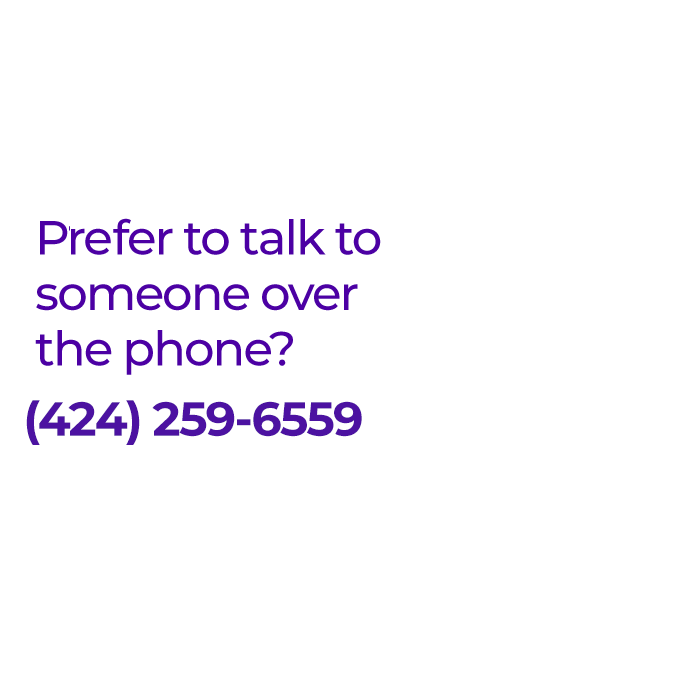Note: tomorrow I will join the #SleepHealth Twitter chat at 10-11 am PST. I look forward to the interesting discussion on a wide range of sleep topics.
Many medications are evaluated with randomized trials, in which patients with a medical problem are randomized to receive either the medication or a pill that does not contain any medication but appears similar. For sleep apnea surgery, like all surgery, for many reasons it is extremely difficult to perform similar studies that might compare a procedure to either a sham surgery (making an incision without performing the procedure) or observation (also called watchful waiting). The ethical dilemmas for randomized surgical studies are particularly striking if patients undergo general anesthesia or receive an incision and associated pain without undergoing a procedure. Evaluation of results ideally occurs with the patient and physician not aware of whether the patient received the treatment or not (a process called blinding), and for surgery blinding is much more difficult. Another issue relates to enrollment, as a number of groups that have attempted to perform these randomized trials either could not enroll patients (patients refused the chance of being assigned to a group where they would not receive surgery) or had the patients who were not receiving treatment in the study look elsewhere and undergo the procedure outside the study.
The September 2013 of the medical journal Thorax included the SKUP3 study, a randomized trial of uvulopalatopharyngoplasty performed by Dr. Danielle Friberg at the Karolinska Institute in Stockholm. Sixty-five adults with obstructive sleep apnea were randomized to observation for 6 months or undergoing tonsillectomy with a modified uvulopalatopharyngoplasty procedure. In the observation group, there was no change in obstructive sleep apnea. In the surgery group, there was a substantial improvement (although not a resolution) in sleep apnea, with a decrease in the apnea-hypopnea index (the number of times per hour with blockage in breathing) from 53 to 21 events/hour, without other changes like weight loss that could explain these improvements. When the patients were divided according to various criteria, the change was more dramatic in those groups who would be expected to improve most with isolated palate surgery (there was no change in patients with relatively large tongues, defined by a modified Mallampati Position of 3).
My Editorial on This Randomized Trial of Sleep Apnea Surgery
In the same issue, I wrote an editorial about this study, which has a number of important findings. First, the lack of a change in sleep apnea in patients that underwent no treatment is important. Sleep surgery research is often criticized because many procedures have not been evaluated with randomized trials like this. The purpose of a randomized trial is to compare results with surgery to no treatment, and the lack of improvement in the observation group suggests that it may not be necessary to have so many randomized trials, at least for examination of sleep study results like the apnea-hypopnea index.
Of course, the results for sleep apnea surgery will receive the most attention. The major improvement in sleep apnea still left many patients needing additional treatment, so the study does not suggest that this surgery is sufficient for all patients. As outlined above, the patients with large tongues did not have an improvement, which may have occurred because of blockage in breathing related to their tongue that could benefit from specific treatment, in combination with the palate surgery. Nevertheless, a major improvement in sleep apnea is what many patients experience with CPAP. Studies have shown that many patients who receive CPAP, tolerate it well, and are benefiting from it continue to have substantial sleep apnea even while on CPAP. In one study, 75% of patients have an apnea-hypopnea index while on CPAP above 5 events/hour (the common definition of sleep apnea), and 20% had moderate to severe sleep apnea (apnea-hypopnea index above 15 events/hour). The point is CPAP benefits patients who wear it comfortably, in spite of the presence of residual sleep apnea; surgery should not be held to a standard of having to eliminate all sleep apnea, as patients who achieve substantial improvement in their sleep apnea after surgery also can receive important benefits, even if some sleep apnea persists.




Steven Wu says:
Yes! Thank you for sharing this important concept to us that surgery could be the primary treatment to OSA patient!